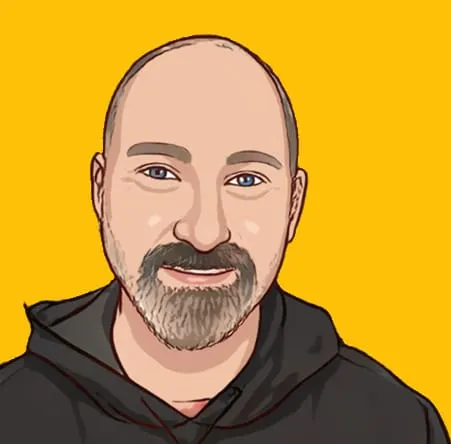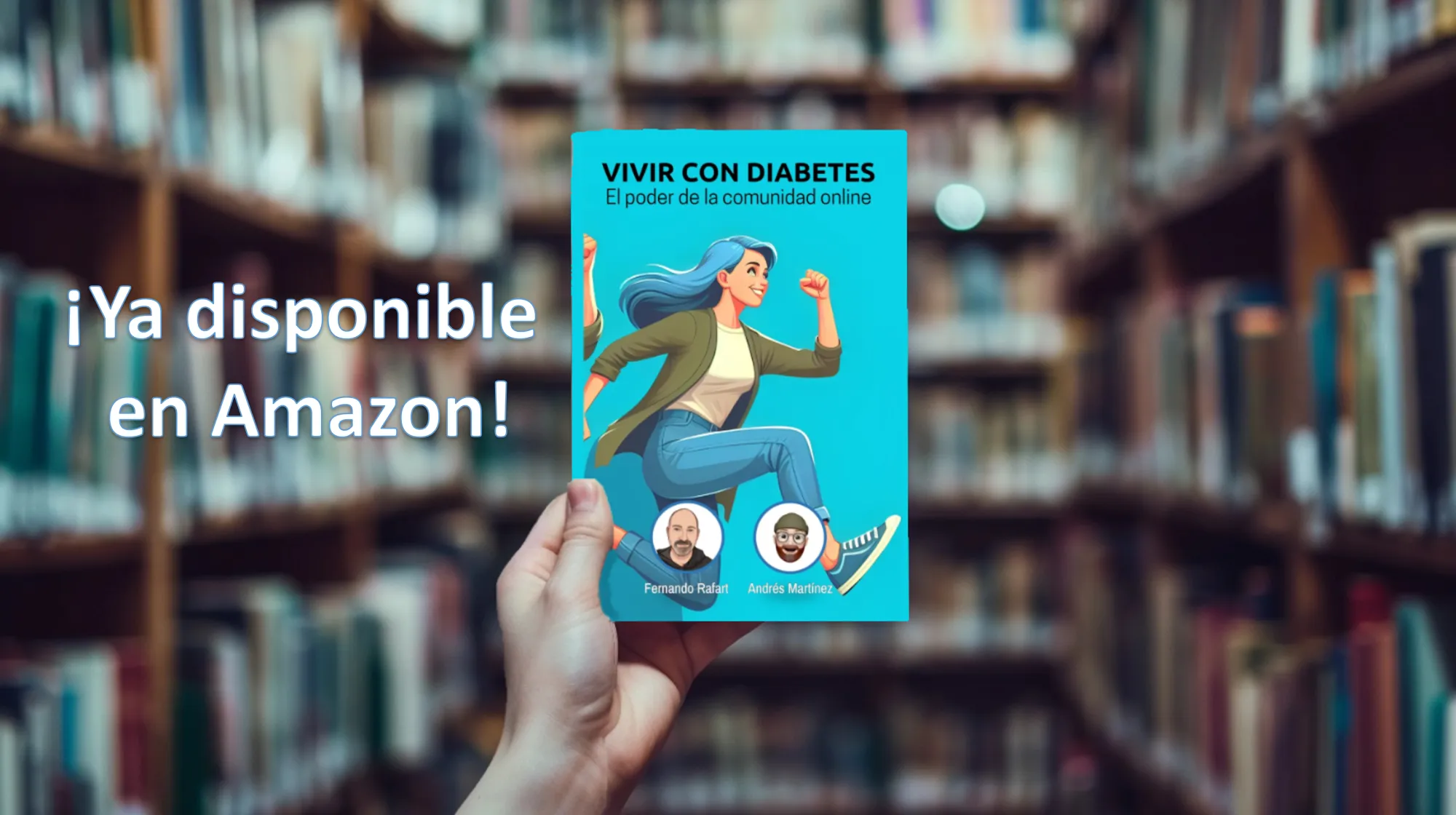Up to two thirds of children and adolescents with type 1 diabetes experience night hypoglycemia, suggested a pilot study conducted in Canada.
"Night hypoglycemia (HN) is a common collateral effect of insulin therapy in children with associated potential morbidity," Dr. Alexandra Ahmet, from the East Ontario Children's Hospital, in Ottawa, told Humeta Reuters.
"All doctors should think about HN, even children who are not informing symptomatic episodes, and in case of being considered changes in current insulin regimes," added the expert.
The Ahmet team conducted a pilot study with 25 patients to compare the prevalence of night hypoglycemia detected through continuous glucose control (CCG) in pediatric patients with type 1 diabetes, with an insulin regime of three applications per day.
The authors also compared the prevalence revealed by self -control of glucose.
In an article published in The Journal of Pediatrics, the researchers reported that 17 patients (68 percent) experienced night hypoglycemia below 70 mg/dl in at least one of the three nights of the study.
In addition, glucose fell below 60 mg/dl in 13 patients (52 percent) and below 52 mg/dl in 12 patients (48 percent), at least one night.
Only one patient recorded hypoglycemia the three nights of the research.
Of the 35 HN episodes detected by CCG, only eight (23 percent) were confirmed by the blood sugar self -control measurements.
"In most cases in which there were discrepancies between the CCG and the measurements by self -control, the observed disagreement was very close to the threshold used and would not have impacted on the clinical control of the participant," said the authors.
The only significant difference between patients with and without HN was age: participants with hypoglycemia during the night were quite older (12.8 years on average) than those without the problem (with an average of 9.4 years).
"This information should encourage doctors to think about HN, even in children in which it is not reported," concluded Ahmet.
"These data made me reconsider the insulin regime that many of our children are using and, in some cases, (what) I replaced," added the author.
Source: Journal of Pediatrics, March 18, 2011

